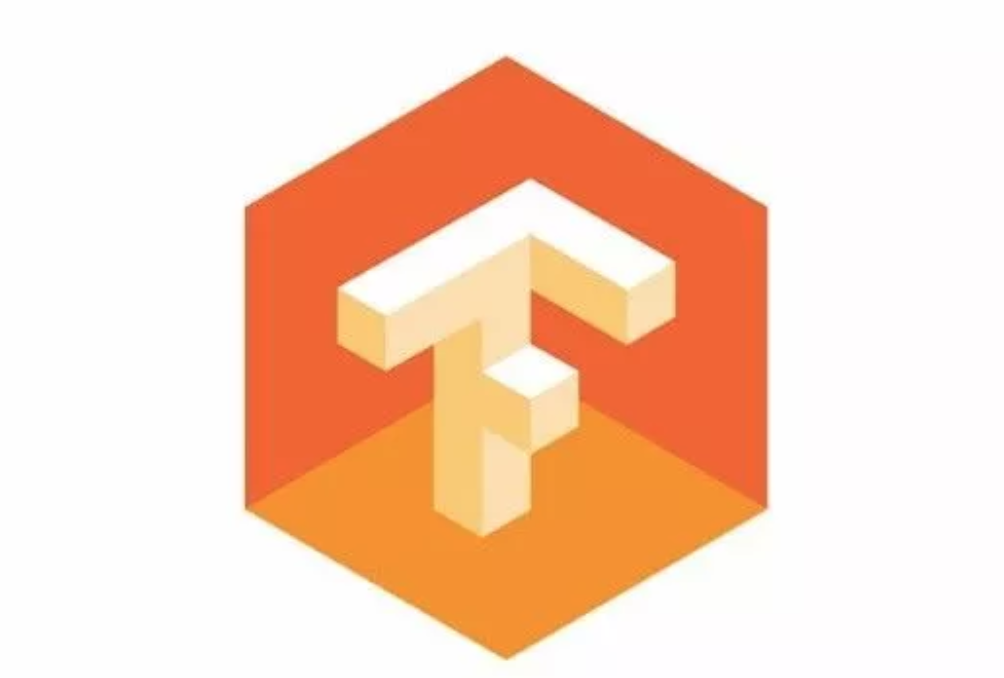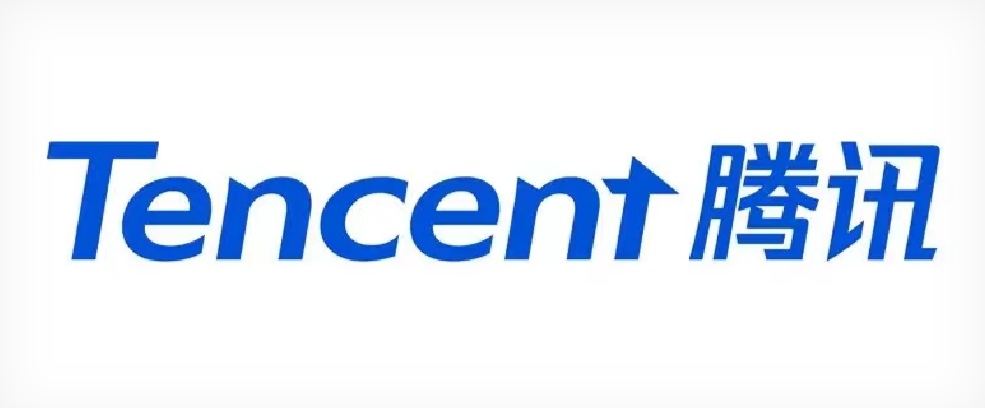tf.keras 现在成为 核心TensorFlow API.
tf.data 现在成为 核心TensorFlow API.
项目地址:https://github.com/tensorflow/tensorflow/releases
Major Features And Improvements
tf.keras is now part of the core TensorFlow API.
tf.data is now part of the core TensorFlow API.
The API is now subject to backwards compatibility guarantees.
For a guide to migrating from the tf.contrib.data API, see the
README.
Major new features include Dataset.from_generator() (for building an input
pipeline from a Python generator), and the Dataset.apply() method for
applying custom transformation functions.
Several custom transformation functions have been added, including
tf.contrib.data.batch_and_drop_remainder() and
tf.contrib.data.sloppy_interleave().
Add train_and_evaluate for simple distributed Estimator training.
Add tf.spectral.dct for computing the DCT-II.
Add Mel-Frequency Cepstral Coefficient support to tf.contrib.signal
(with GPU and gradient support).
Add a self-check on import tensorflow for Windows DLL issues.
Add NCHW support to tf.depth_to_space on GPU.
TensorFlow Debugger (tfdbg):
Add eval command to allow evaluation of arbitrary Python/numpy expressions
in tfdbg command-line interface. See
Debugging TensorFlow Programs
for more details.
Usability improvement: The frequently used tensor filter has_inf_or_nan is
now added to Session wrappers and hooks by default. So there is no need
for clients to call .add_tensor_filter(tf_debug.has_inf_or_nan) anymore.
SinhArcsinh (scalar) distribution added to contrib.distributions.
Make GANEstimator opensource.
Estimator.export_savedmodel() now includes all valid serving signatures
that can be constructed from the Serving Input Receiver and all available
ExportOutputs. For instance, a classifier may provide regression- and
prediction-flavored outputs, in addition to the classification-flavored one.
Building signatures from these allows TF Serving to honor requests using the
different APIs (Classify, Regress, and Predict). Furthermore,
serving_input_receiver_fn() may now specify alternative subsets of nodes
that may act as inputs. This allows, for instance, producing a prediction
signature for a classifier that accepts raw Tensors instead of a serialized
tf.Example.
Add tf.contrib.bayesflow.hmc.
Add tf.contrib.distributions.MixtureSameFamily.
Make Dataset.shuffle() always reshuffles after each iteration by default.
Add tf.contrib.bayesflow.metropolis_hastings.
Add log_rate parameter to tf.contrib.distributions.Poisson.
Extend tf.contrib.distributions.bijector API to handle some non-injective
transforms.
Java:
Generics (e.g., Tensor
(courtesy @andrewcmyers).
Support for multi-dimensional string tensors.
Support loading of custom operations (e.g. many in tf.contrib) on Linux
and OS X
All our prebuilt binaries have been built with CUDA 8 and cuDNN 6.
We anticipate releasing TensorFlow 1.5 with CUDA 9 and cuDNN 7.


